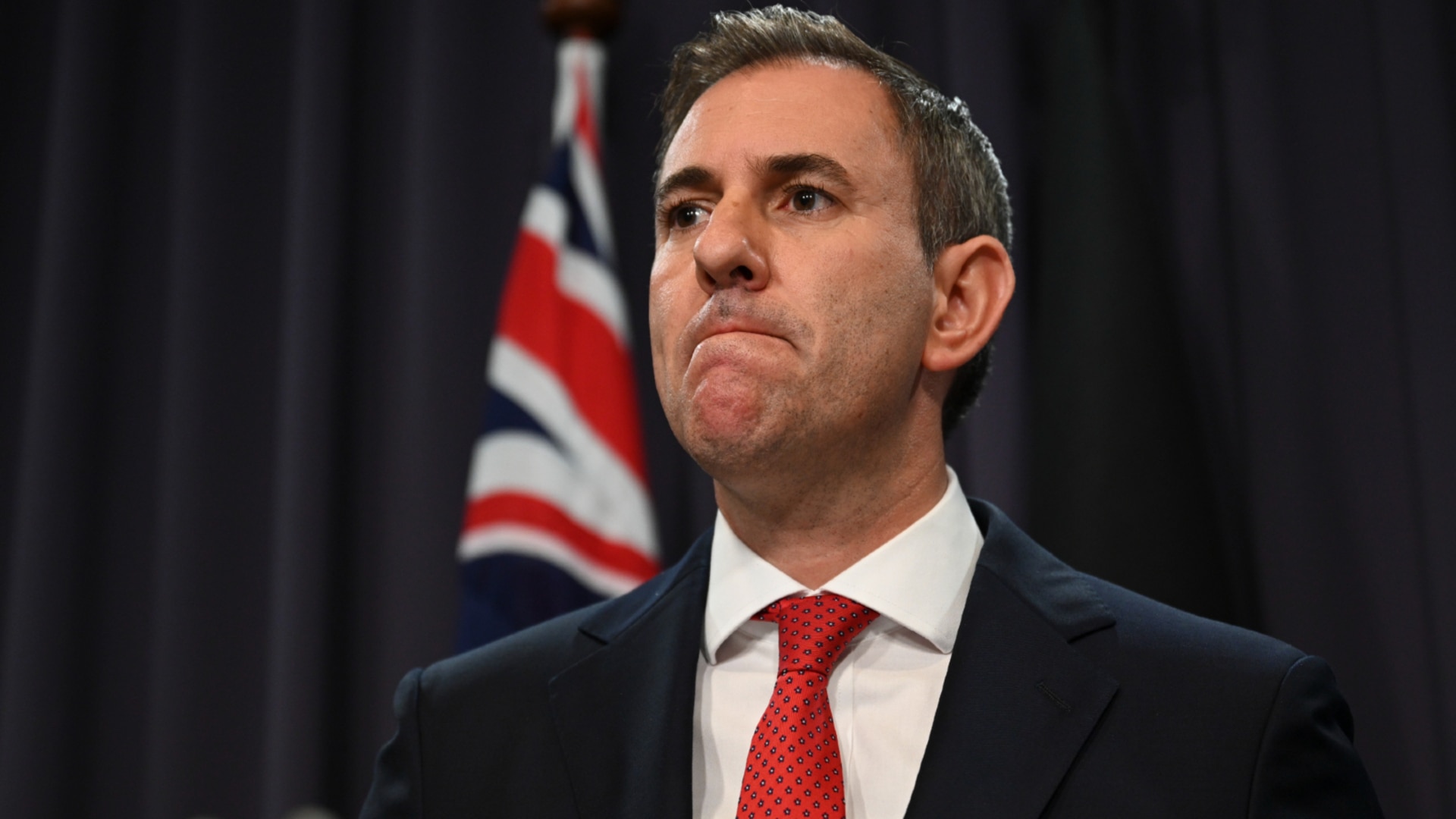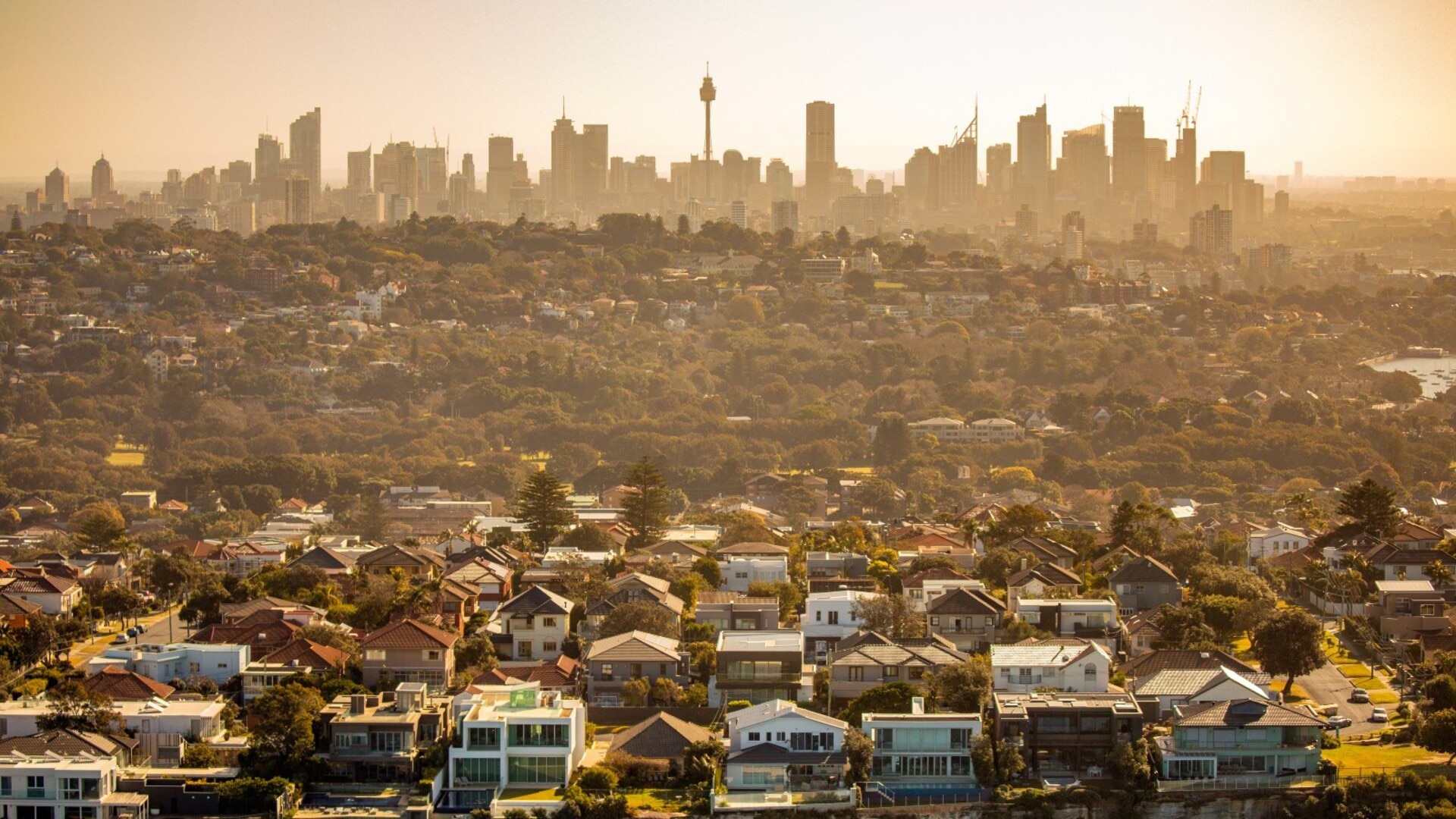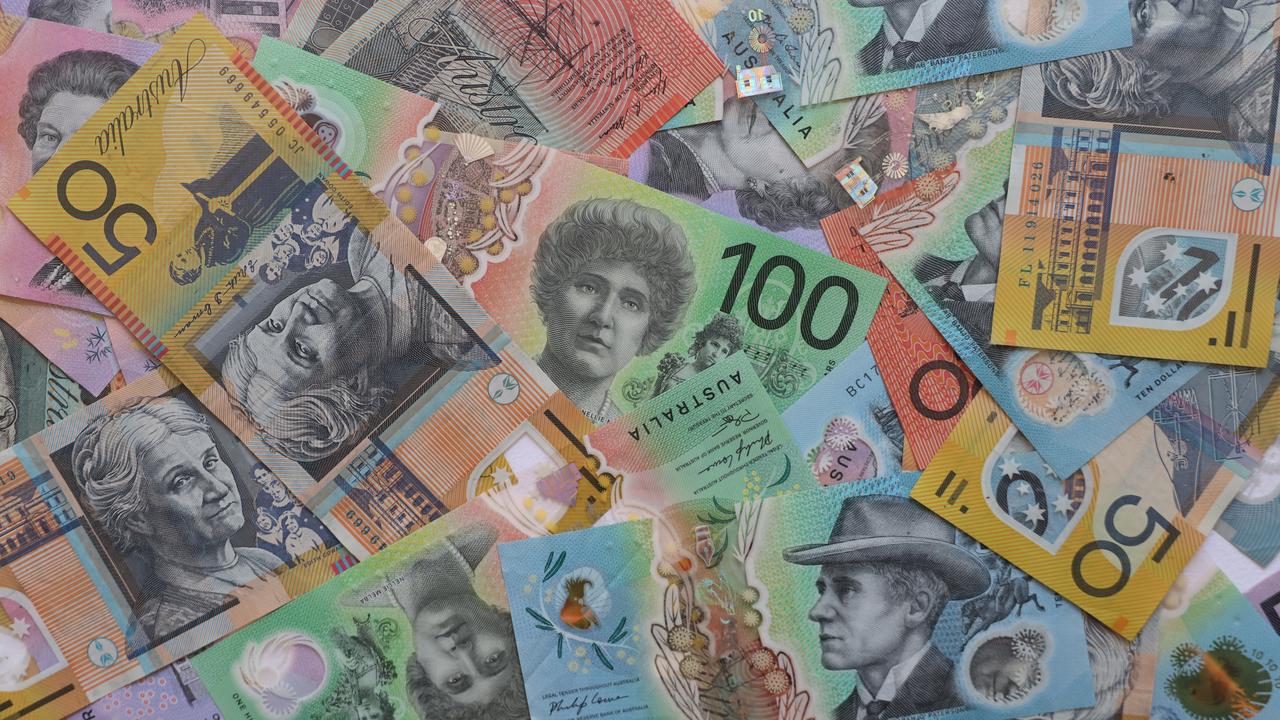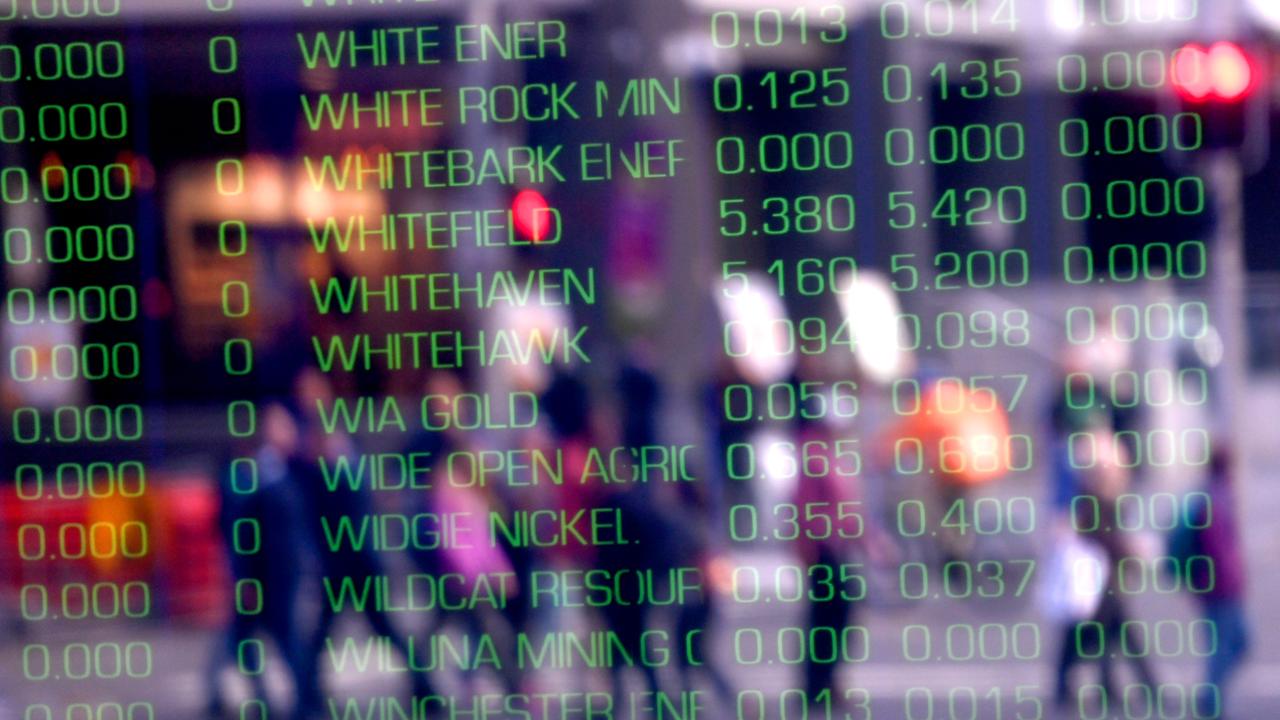Household wealth soars $1.5 trillion on strong growth in housing
Australia’s collective household wealth has soared over the last 12 months driven by one key thing.

Surging house prices, superannuation growth and a strong share market has seen Australia’s wealth jump by more than a trillion dollars over the last 12 months.
Fresh figures from the Australian Bureau of Statistics shows Australians’ total household wealth was $16.9 trillion in September, up 9.9 per cent or $1.5 trillion from this time last year.
Over the September quarter, household wealth rose for the eighth quarter in a row, up 2.4 per cent to $401bn.
The largest driver of this was residential land and dwellings, making up 0.9 per cent of the 2.4 per cent total growth.

ABS head of finance statistics Mish Tan said while the increase in house prices was the biggest driver of the overall increase, there was growth across all asset classes.
“Household wealth continues to be supported by rising house prices despite recent moderation in growth. Strong performances in domestic and overseas share markets contributed to the growth in household superannuation balances this quarter,” Dr Tan said.
Share market growth over the September quarter drove superannuation assets to increase 3.5 per cent ($137.4 billion), which contributed 0.8 percentage points to the quarterly growth in household wealth.

Over the three months from July to September the superannuation guarantee increased from 11.0 per cent to 11.5 per cent in the September quarter, which added to superannuation balances through increased employer contributions.
At the same time the demand for credit was $113.3 billion, driven by private non-financial businesses ($44.7 billion), general government ($44.6 billion) and households ($19.2 billion).
Banking the stage 3 tax cuts
The figures also show Aussies are banking the stage 3 tax cuts, with household savings going up over the three months until September.
Changes to the taxation system came into effect from July 1 2024.

Under the revisions by the Albanese government, the stage 3 tax cuts saw the 19 per cent tax rate fall to 16 per cent and the 32.5 per cent bracket flattened to 30 per cent. The 37 and 45 per cent tax brackets remained but the thresholds were increased to $135,000 and $190,000 respectively.
ABS stats show household deposits rose 3.7 per cent ($61.5 billion) in the September quarter, which reflected a higher household saving ratio.
“Growth in gross disposable income, driven by an increase in income received by households and the introduction of stage 3 tax cuts, outpaced household spending. This resulted in notable growth in transferable deposit balances, particularly in mortgage offset accounts,” the ABS said in a statement.



